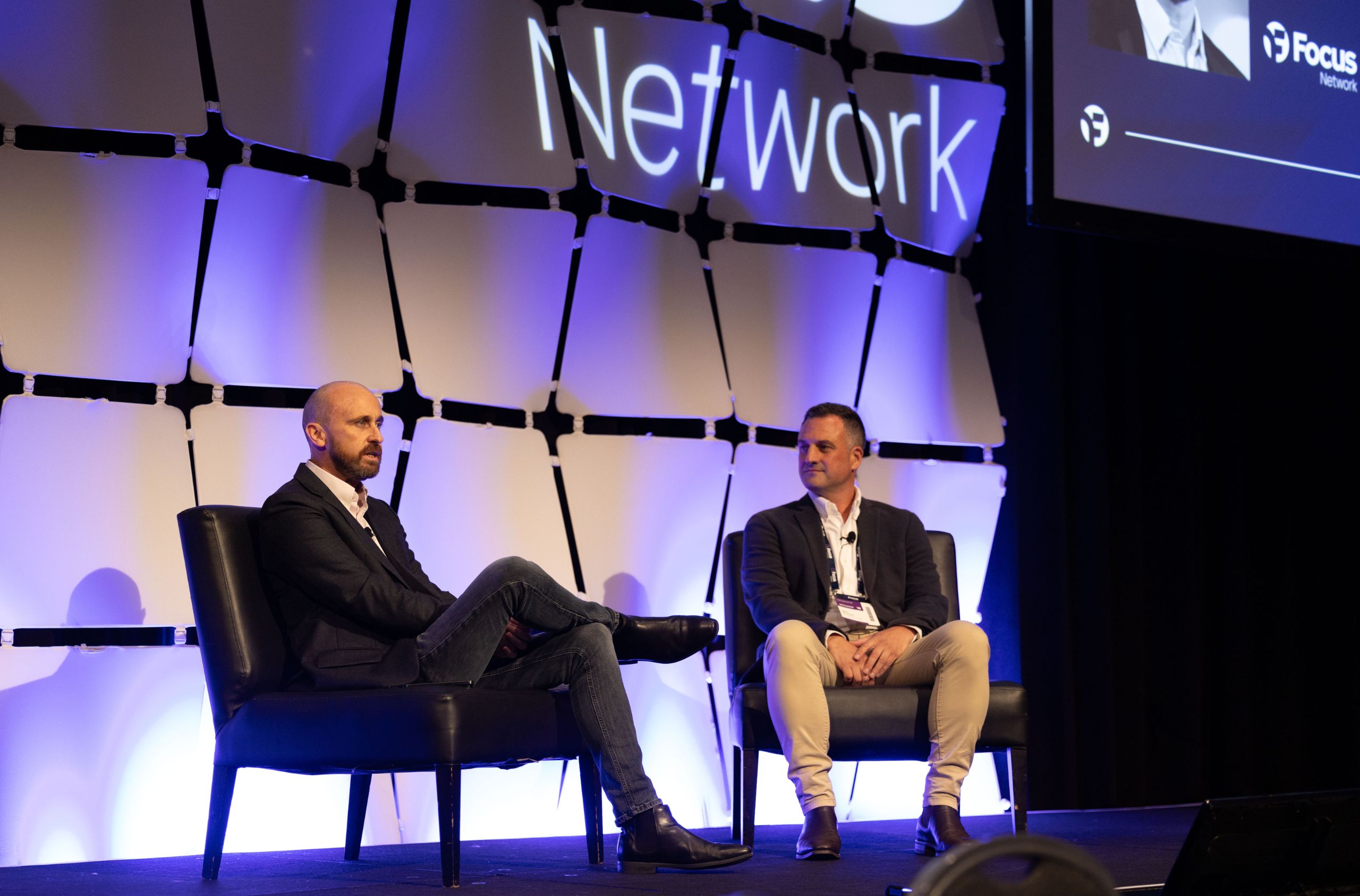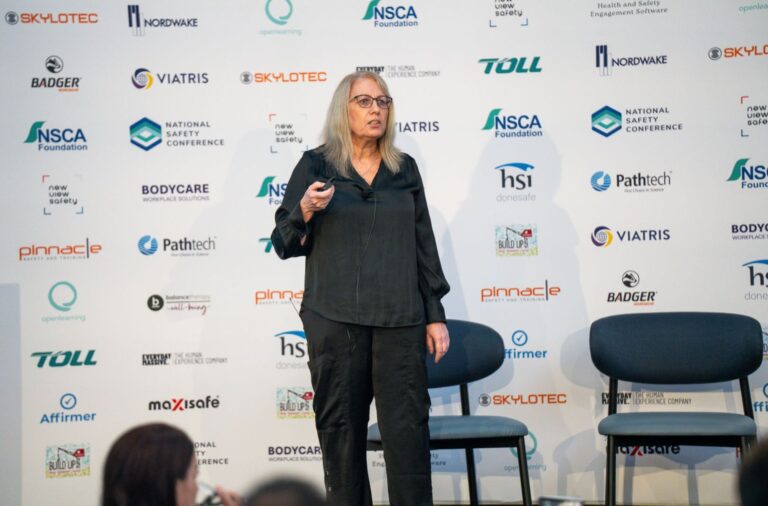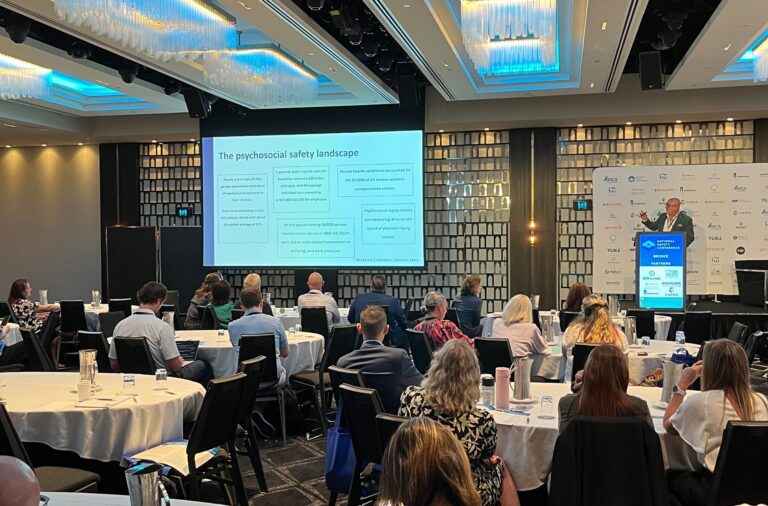
Speakers: Tyron McGurgan, CEO, Focus Network | Mike Plunkett, Head of Safety, Kmart & Target
In Australian retail, a disturbing trend has become hard to ignore: frontline workers are facing increasing levels of workplace violence. From verbal abuse and antisocial behaviour to physical threats and armed incidents, the sector is under growing pressure to protect its people—and redefine what safety looks like in the modern store.
Speaking at the OHS Leaders Summit on the Gold Coast, Mike Plunkett, Head of Safety at Kmart and Target, laid bare the reality behind the shopfronts of two of Australia’s most iconic retail brands.
“We’ve seen a really big shift in the severity and frequency of customer threatening situations since COVID—not just more of them, but more serious ones,” said Plunkett.
While customer aggression isn’t new, what’s changed is the intensity, unpredictability, and regularity. The companies now refer to these incidents as CTSs (Customer Threatening Situations), a term that has become part of the daily language for store teams.
“The majority of these incidents are tied to attempted theft,” he explained. “Engaging with a customer who’s intentionally or unintentionally stealing often ends with a verbal spray or worse. Antisocial behaviour has become a norm we can’t afford to accept.”
Plunkett emphasized that retailers cannot simply “absorb” this risk. There’s a duty of care to staff, customers, and the community—and that means taking control.
Escalating Controls, Evolving Culture
Plunkett shared a range of practical measures that Kmart and Target have introduced to mitigate risks. These include enhanced CCTV coverage, staff training in verbal de-escalation, and store lockdown protocols.
“We’ve implemented trials in 22 stores with every best-practice control we could put in place—extra cameras, escalation training, physical design changes. In some locations, we’ve seen up to a 190% reduction in CTS incidents,” he said.
One of the simplest but most effective measures was a review of product packaging—particularly for potentially dangerous items like kitchen knives and scissors.
“We’ve updated our packaging standards to make these harder to access off the shelf. It forces a customer to interact with a team member—allowing an opportunity for better service, but also for better control.”
Yet the changes go beyond hardware. Cultural transformation is playing an equally critical role. According to Plunkett, leadership engagement has been a game-changer.
“Our CEO recently sat down to watch bodycam footage from our stores. That kind of visibility drives empathy, awareness, and momentum. Safety isn’t just an operations issue—it’s a leadership responsibility.”
Training the Frontline—Young, Vulnerable, and Casual
A major concern raised by audience members was the vulnerability of young retail workers—many as young as 16 or 17, working casually and often with minimal experience.
“You walk into a store and see someone barely out of school handling a volatile situation. It’s a serious issue.”
Plunkett acknowledged the challenge.
“We’re not saying all young people are incapable—some have fantastic instincts—but we are being thoughtful about who’s placed in frontline roles and how they’re supported. You can’t train someone once and expect them to know how to de-escalate a dangerous event six months later.”
To that end, the retailers are investing in scenario-based training, including VR modules that simulate threatening encounters and allow staff to practise responses in a safe, controlled environment.
“It’s not about turning staff into security guards,” Plunkett clarified. “It’s about empowering them to make good decisions under pressure—like creating distance, calling for help, or choosing not to engage.”
Breaking the “Part of the Job” Mindset
One of the session’s most thought-provoking moments came from a question about culture. How do retailers break the deeply embedded mindset that abuse is just “part of the job” in frontline roles?
“That’s a mindset we’re actively challenging,” said Plunkett. “Ten years ago, staff might’ve been told to just ‘deal with it’ or ignore it. Today, we’re saying ‘No, that’s not acceptable. You have the right to feel safe at work.’”
It’s not just about new policies—it’s about changing long-held expectations, both within organisations and in the public. “We need to stop romanticising the idea of the tough-as-nails retail worker who can take anything. That’s not sustainable. That’s not safe,” he added.
The Need for National Consistency
Tyron McGurgan, CEO of Focus Network, steered the session toward a broader discussion: the need for a national framework around workplace violence reporting.
“There’s currently no consistent approach to what constitutes a notifiable incident when it comes to customer aggression. That gap puts workers at risk and leaves retailers to figure it out on their own,” he said.
Plunkett agreed, noting that retail alone can’t fix what is ultimately a wider social issue. “We’re seeing incidents tied to substance use, mental health, housing instability. Retail stores are where these challenges play out—but we need more support to respond appropriately.”
He called for stronger partnerships between government, industry, and law enforcement, and for a shared commitment to frontline safety.
“We’re not just protecting stock. We’re protecting people. And that responsibility belongs to all of us.”
Share:



